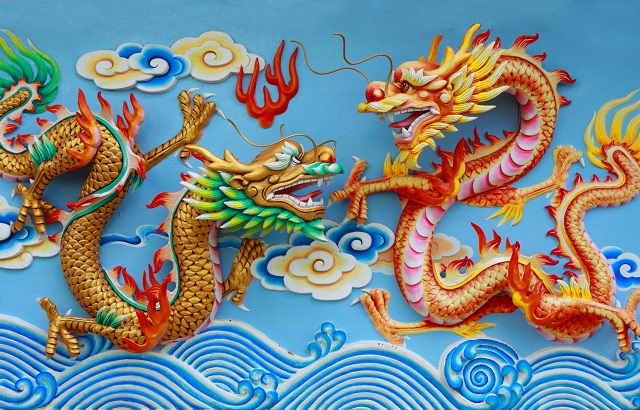“The [trade] protectionism thing is overblown,” he said during a media briefing in Hong Kong on Wednesday.
What investors should be concerned about are inflation surprises and low growth in China, Crabb said, noting that people do not talk often about these two risks.
“Growth is not quite there [in China],” he said, adding that investors would be rattled if growth stays low and inflation picks up.
Growth outlook
China’s economy enjoyed quarterly year-on-year growth rates of above 7% for the last five years, but went below that level for the first time in the latter part of 2015, according to data from the National Bureau of Statistics of China. Year-on-year growth has stayed at 6.7% for the last three quarters.
Nevertheless, Crabb remains optimistic on China and believes that the risks in growth and inflation will not really play out.
Another factor investors should pay attention is Japan, which is a big funder of a lot of asset classes in Asia, either directly via foreign direct investments or indirectly through pension funds buying securities in certain markets.
For example, the biggest pension fund in the world, Japan’s Government Pension Investment Fund, manages around $1.2trn in assets and has 21% of its portfolio invested in foreign equities and 12.5% in foreign bonds, according to GPIF data.
“So it is important that [Japan] stays stable enough.”
Overweight in China
Although China is not Crabb’s biggest bet, he is overweight Chinese equities as he believes that the economy is starting to improve in general.
“The Chinese consumer has now become meaningful to the economy,” he said, noting that consumers have increasing access to buying goods via credit cards or electronic payment platforms, such as WeChat, Tencent or Alipay, which is a positive for domestic consumption.
China represents the biggest chunk in the two funds that Crabb manages, which are the Old Mutual Asian Equity Income Fund and the Old Mutual Pacific Equity Fund, China exposure accounts for 31.9% and 35.2% of their total assets, respectively, according to their fund factsheets.
In terms of sectors, Crabb likes equities that are contrarian, such as some financial companies.
Crabb said, however, that it is not always just purely about the sectors as the performance of companies may vary, with some having dramatic differences.
According to OMGI’s 2017 outlook report, primary areas of interest in China include urban railways, selective property stocks, domestic semiconductor plays and retail banking franchises, which pay attractive dividends. One sector that it favours is financials, such as insurers and banks, real estate and industrials.
Hong Kong-Shenzhen Stock Connect
Crabb said the Hong Kong-Shenzhen Stock Connect was not a key event for investors.
“It gets really exciting as these [stock connect events] happen, but they tend to never come out as dramatic as what people think,” he said.
Crabb said that investors already have access to China through schemes such as the qualified foreign institutional investor (QFII) and the renminbi qualified foreign institutional investor (RQFII) programmes.
China’s QFII and RQFII schemes allow foreign institutional investors to invest in onshore assets using US dollar and offshore RMB, respectively. However, some managers may not be qualified to apply for the QFII and RQFII schemes and therefore the stock market linkages have a role to play.
“Stock Connect is a very straightforward and very efficient process, and from my perspective, that is a good thing,” he added.
The Shenzhen-Hong Kong link was launched on December 5 and allows overseas investors to trade a list of 881 Shenzhen-listed stocks with a daily quota, FSA reported earlier. That accounts for 71% of the A-share market capitalisation on the Shenzhen exchange.
______________________________________________________________________________
Year-to-date, the Old Mutual Asian Equity Income Fund and the Old Mutual Pacific Equity Fund versus their benchmark, according to data from FE Analytics.









